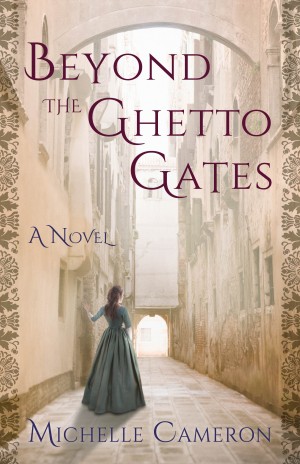It’s October 1943 in Rome. The Nazis have just taken control of Italy, and they are already starting to round up the Jews. Ludwig Pollak, a highly respected art appraiser and collector, is at home in Rome with his family one Friday night when an unexpected visitor arrives at his door. It’s an emissary from the Vatican, who has come to tell Pollak that the Nazis are expected to arrest him that very night — and that the Vatican has offered to provide refuge to Pollak and his family.
Pollak is famous for discovering a missing part of a spectacular sculpture from antiquity, which resides in the Vatican. He recognized the fragment as the missing arm from the two-thousand-year-old grouping called Laocöon and His Sons, a discovery that made it possible for the lost piece to be restored to its original place. Now the Vatican has gratefully set aside an apartment for him.
The visitor, a teacher identified only as K., tells Pollak, “Quick, we must leave for the Vatican this instant — you, your wife, your daughter and son.” But Pollak seems in no hurry, and he invites K. to look around, saying enigmatically, “Who knows how much longer we’ll be allowed to live here?” Pollak begins to tell stories about a magnificent palazzo where he once lived, the great artists and art collectors he had known, and his time as Imperial Advisor to the Austrian Emperor.
Despite K.’s increasingly urgent reminders about the need to leave, Pollak is still compelled to go on telling his life story. He revisits his student years in Prague and his expulsion from Rome as an enemy Austrian during the First World War — Rome, the city he calls his terra benedetta, his “blessed land.” He continues to reminisce as the hour grows later and later, as if oblivious to the approaching danger.
This is a novel, but Ludwig Pollak was very much a real person. Hans von Trotha, a historian as well as a writer, brilliantly imagines what could have been said on that fateful evening in this gripping narrative. His empathy with Pollak is extraordinarily persuasive as he relates how a seventy-five-year-old man who has known both triumph and rejection might face this final blow.
Pollak’s Arm displays keen psychological insights and a profound understanding of artistic sensibilities. Elisabeth Lauffer’s luminous translation from the German is richly resourceful. This slender book is utterly captivating and highly recommended.
Visitors to the old Jewish neighborhoods of Rome may notice memorial stones—Stolpersteine—in the sidewalks in front of apartment buildings. They commemorate the victims of the Nazi deportations who lived in those buildings. On January 20, 2022, four new stones were placed in front of the Palazzo Odescalchi, at 81 Santi Apostoli Place. They state simply that Ludwig, Julia, Wolfgang, and Susanna Pollak, who had lived at that address, were arrested on Shabbat morning, October 16, 1943. They were among a thousand other Jews arrested that day. Two days later, they all were deported to Auschwitz.
Bob Goldfarb is President Emeritus of Jewish Creativity International.





